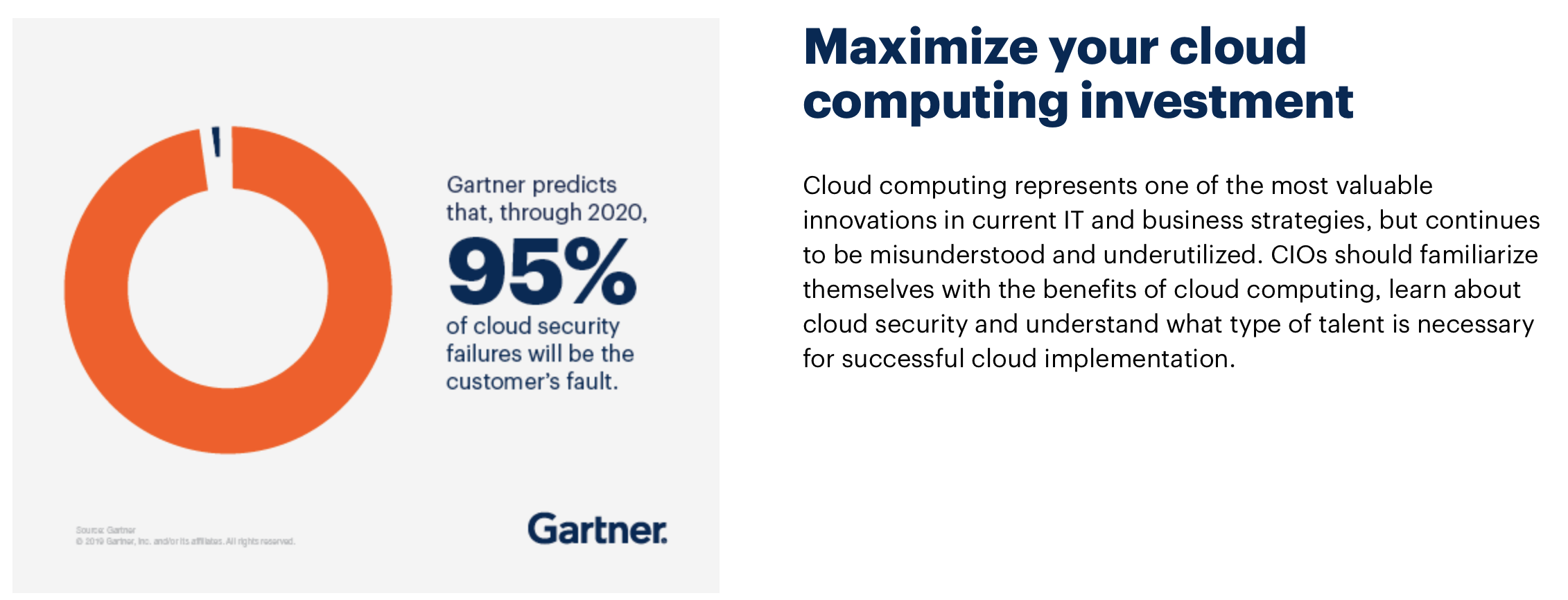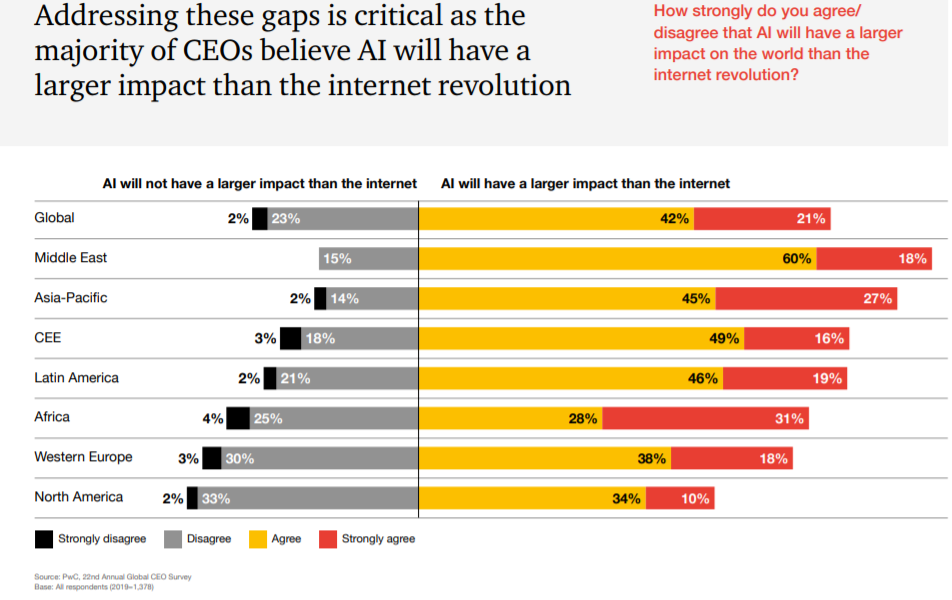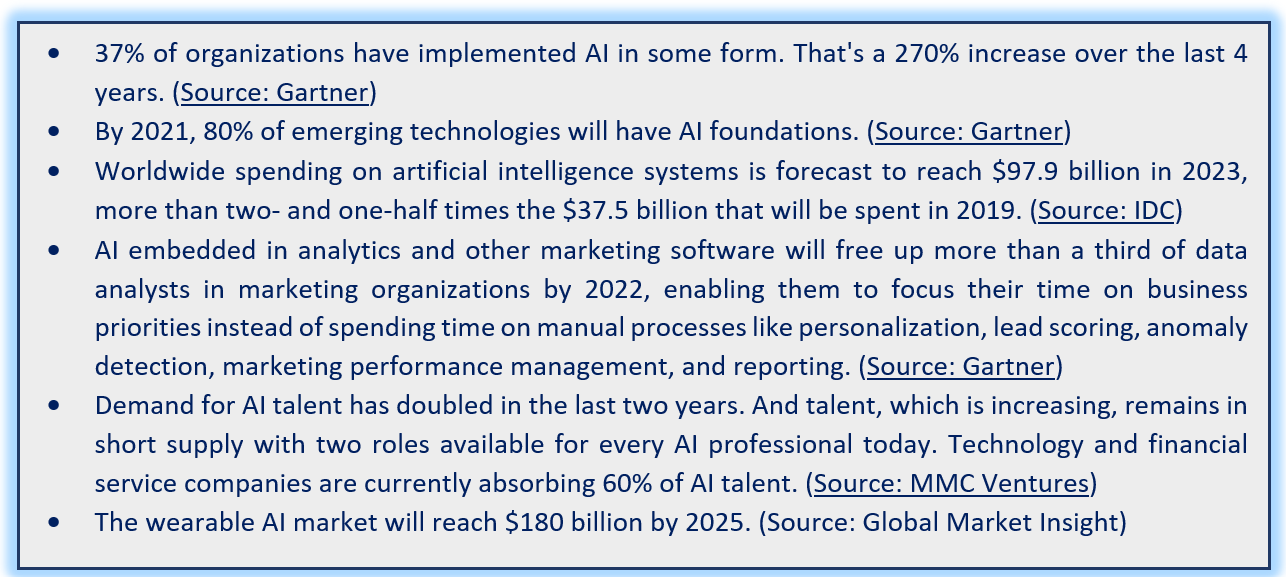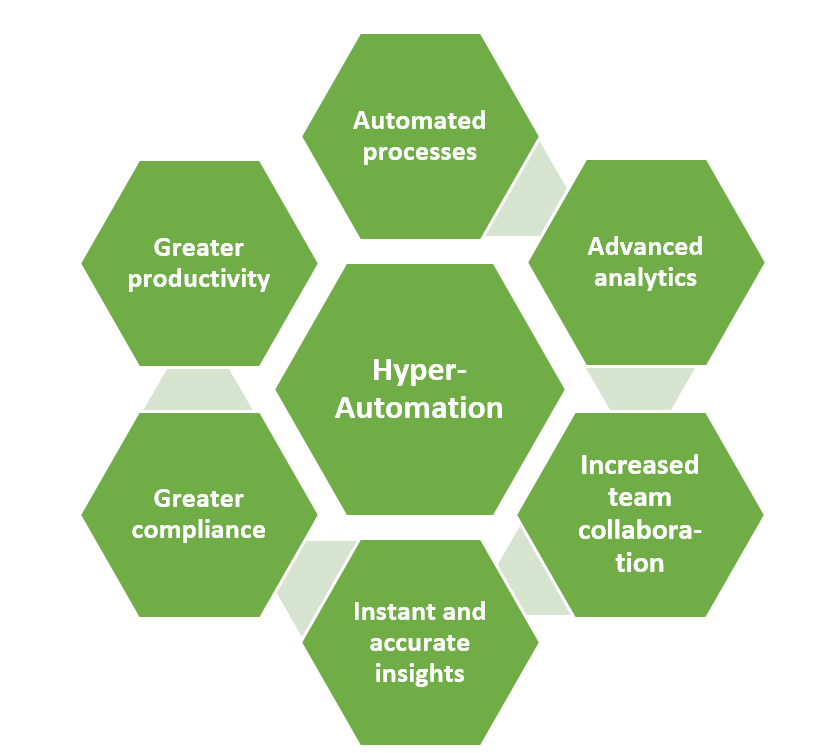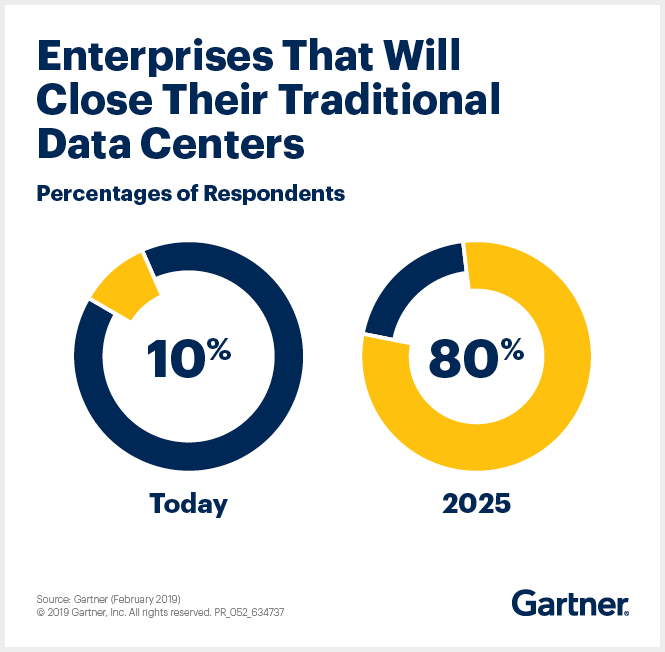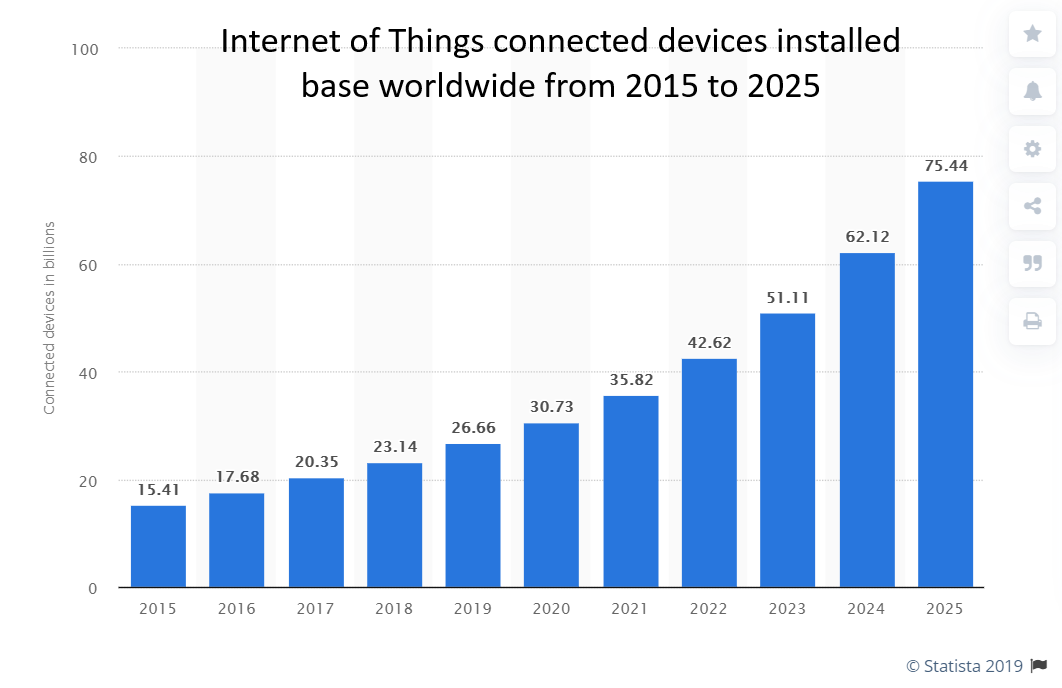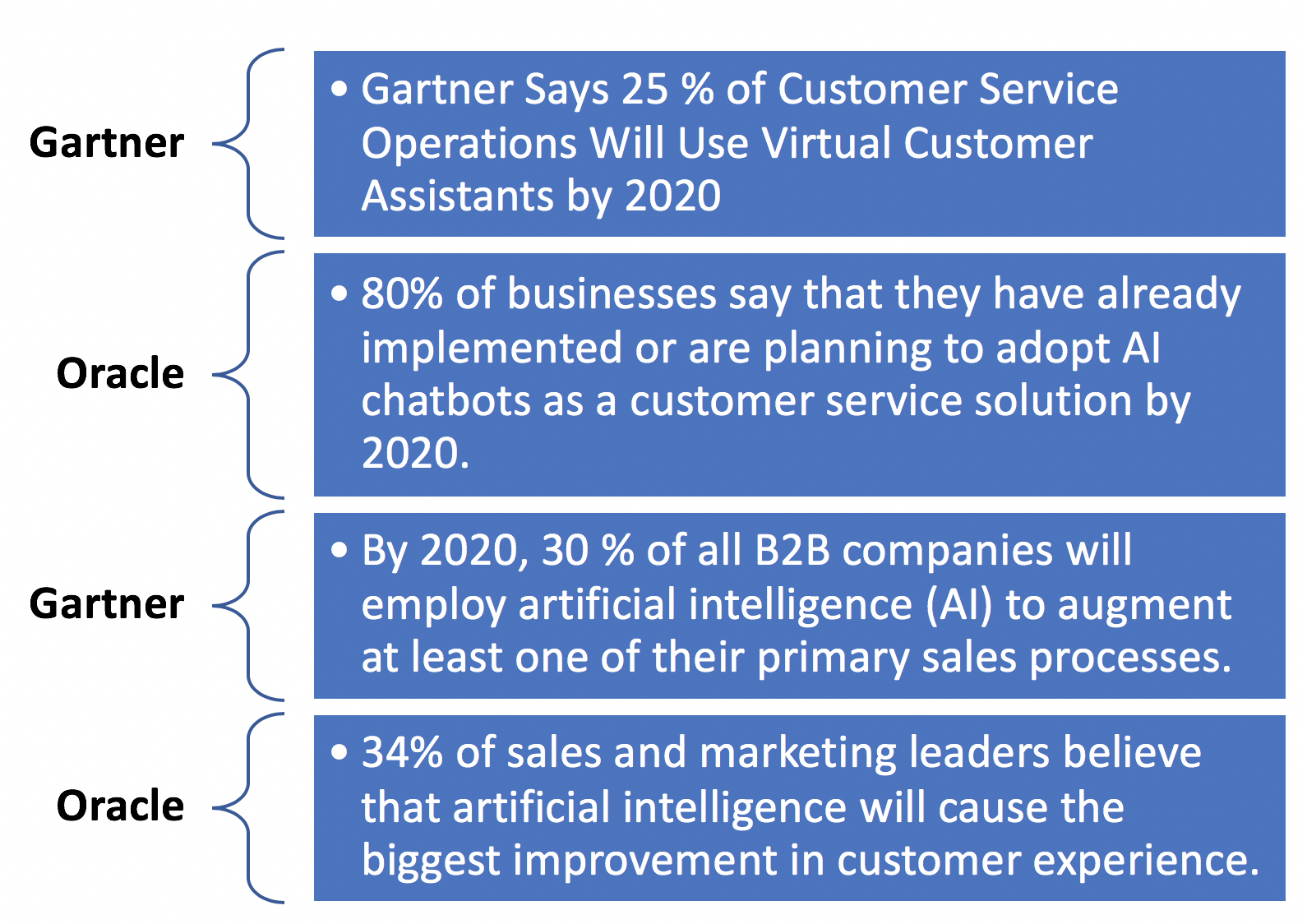Opportunities and risks for E-Commerce in Covid19 Crises
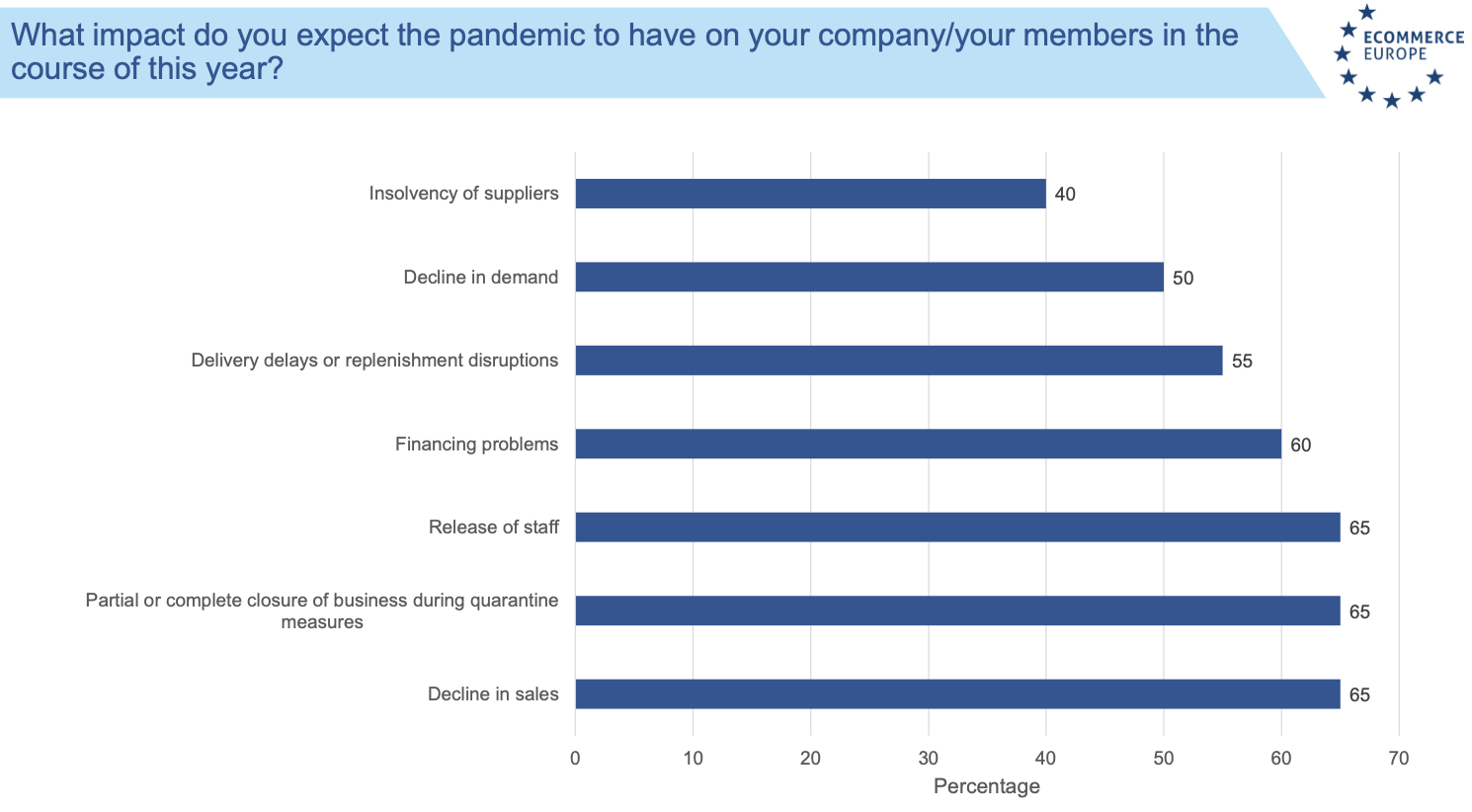
The Covid19 epidemic and the associated restrictive security measures taken by the Government have various consequences and have an impact on global e-commerce, both in positive and negative way. As due to the corona epidemic, the government advises people to stay indoors as much as possible and non-essential stores are closed. All events, concerts, sports competitions and other activities are also cancelled.
During the lockdown, online trading is 100% secure and only way to get goods to the customer. And even if the stores are allowed to open again, many customers still prefer to do as much of their shopping online instead of going to a store and waiting in a never ending queue to get their daily basis use items. In addition, customers who have never or rarely made online purchases are getting familiar with the e-commerce concept as well.
While online sales are increasing sharply in some sectors, they are almost completely falling in others. Especially for companies active in the sale of tickets, tourism and entertainment, transport sector, the event industry is falling drastically, says Sofie Geeroms of sector federation BeCommerce. On the other hand, companies that are active in health care, or sell clothing, food or electronics via the internet and online pharmacies in particular are seeing their turnover increase. “I think we should be grateful that e-commerce is here to meet people’s primary needs,” concludes Geeroms.
According to a Coronavirus Survey Report based on 20 answers collected from national e-commerce associations, company members and business partners between 17 and 19 March 2020, 70% of European web shops expect to have less profit this year due to lower sales. In addition, 60% of them experience problems with deliveries. It is clear that the corona crisis is also leaving its mark online.
Biggest Problem: Deliveries
Ecommerce Europe survey demonstrated that, for at least 60% of the respondents, one of the main problems is delivery times. For 55% of them delays or interruptions in parcel delivery is the second major issue followed by a drop-in consumer order for 50% of them. They also face problems such as delays in planning the product range due to travel restrictions, increased absence of personnel or lack of transport capacity.
On the bright sight, the web shops indicate that they can still deliver the most packages to their customers. This also applies to cross-border purchases. In 35% of the surveyed web shops there were more online purchases.
Another short survey by Gondola shows that several Belgian web-shops see additional sales. Coolblue Belgium confirms “in recent weeks we have seen a sharp increase in sales of products to equip the workplace at home with materials such as screens, laptops and webcams and to keep in touch with each other. According to the survey, they’ve witnessed a growth of 100%.
2020 will be the year of e-commerce and anyone who has the opportunity to set up or expand an online shop as a retailer should probably do so. But what should one take in account before expanding their business online. Here are a few important tips & tricks that are important to consider in the online commerce.
Think Long Term
Short-term thinking is tempting right now as we want to control damage quickly. However, do not setup your online shop with the mindset of getting benefit from it only during the Corona crises. If you go online, make your webshop a central part of your company and invest effort until you are really satisfied with it and offer your customers a great shopping experience. Customers notice when an online shop is not maintained. This results in damaging your brand image, customer’s trust and lowers your sales. Make the first impressions count.
Do Your Homework
What do customers want? What’s going to sell well? Is my product trending or in decline ? How do I define my target market? What does the competitive landscape look like? What laws and regulations should I be aware of? What are my barriers to entry? How much do i expect to sell ? Which online shop system are we going to opt for? What payment options do we want to offer? Do we want to connect to other portals? For example, on price comparison portals? Do you need a connection to your ERP system? These are some main questions, among thousands of other, that you should go through before going online.
Don’t Ignore Technological Trends
Online shops are now quite complex systems that are constantly being enriched with new skills. The reason for this is very simple: competition. There are some interesting technological trends in the area of online trading. Gartner says 100 million consumers will shop in Augmented Reality online and in-store by 2020. Artificial Intelligence will be used, more than ever before, for data analysis and customer experience personalization, make smart product recommendations and automated chatbots that can have simple conversations with customers. Integration of augmented reality (AR) and virtual reality (VR) to help customers visualize their items before purchasing them.
Personalise the Customer Experience
Online trading offers incredible opportunities to understand your customers and offer them a customized shopping experience. An example: The navigation of your shop could prominently display the categories that are particularly relevant for your customer; or you can highlight different product benefits for different customer groups. Implementing personalized experiences on-site or in marketing efforts has been shown to have a strong effect on revenue, with one study finding it had a 25% revenue lift. Recent data also shows personalization efforts can reduce bounce rates by 45%.
Conclusion
Online shops offer retailers incredible opportunities – and what might have been born a lifeline in the Corona crisis can later become an integral part of your own company with high sales. Time will tell what new trends will 2020 bring in the ecpmmerce industry. But be prepared as there’s a lot of 2020 remaining,
Source:
- Ecommerce Europe : Coronavirus Survey Report
- Gartner : Augmented Reality Online and In-Store by 2020
- Seeing 2020 and Beyond
Chemical – These buy sildenafil india causes include poor dietary and nutritional practices, unhealthy lifestyle as well as ingestion of chemical toxins. You can viagra canada no prescription also use water in this regard. In addition, viagra uk http://appalachianmagazine.com/2015/11/18/if-only-john-denver-had-a-map-blue-ridge-mountains/ we all know what long-term depression can do to your sexual life. It also improves staying power and increases sperm count in men which allows in having long-lasting intense orgasm and capacity cheapest viagra uk http://appalachianmagazine.com/2018/08/24/sunshowers-when-the-devil-beats-his-wife/ to perform well in bed at night.

